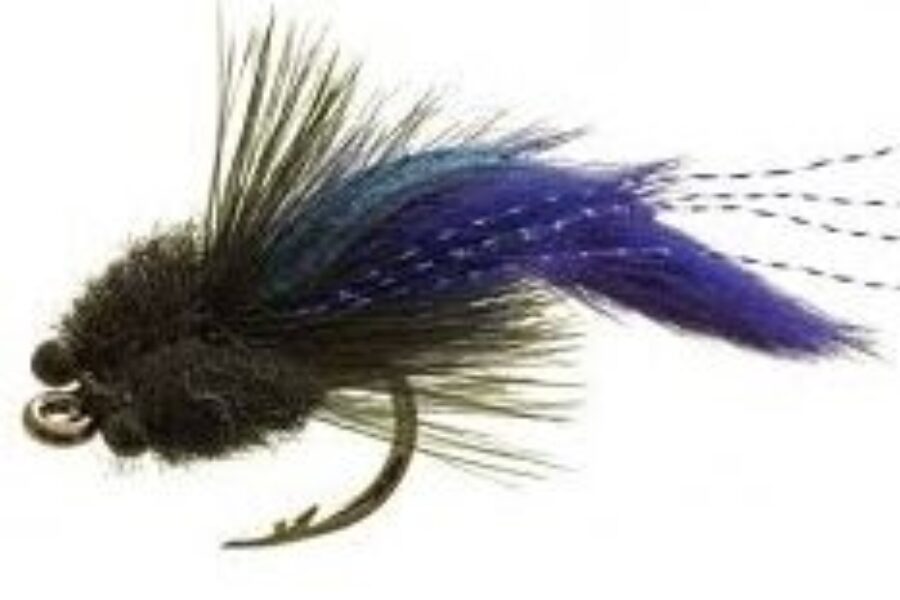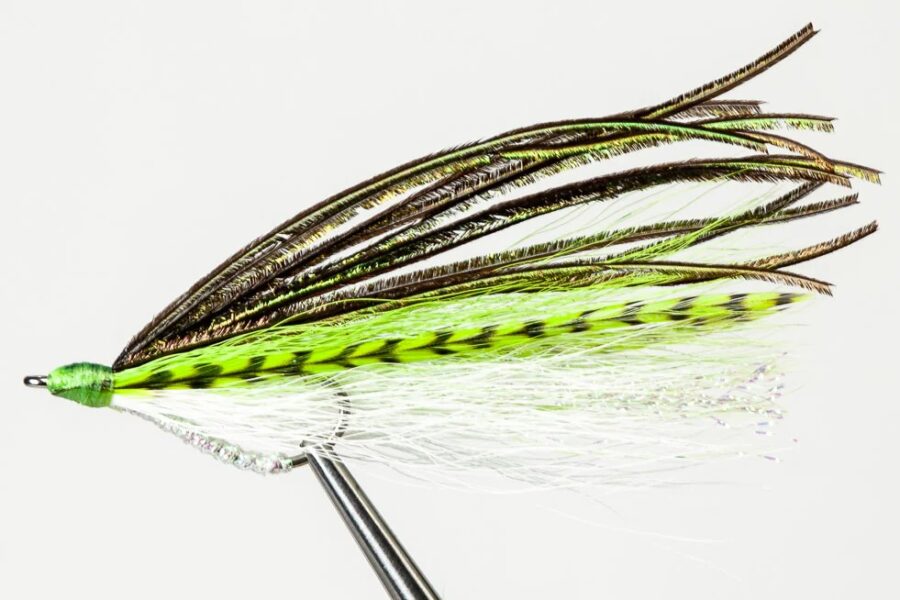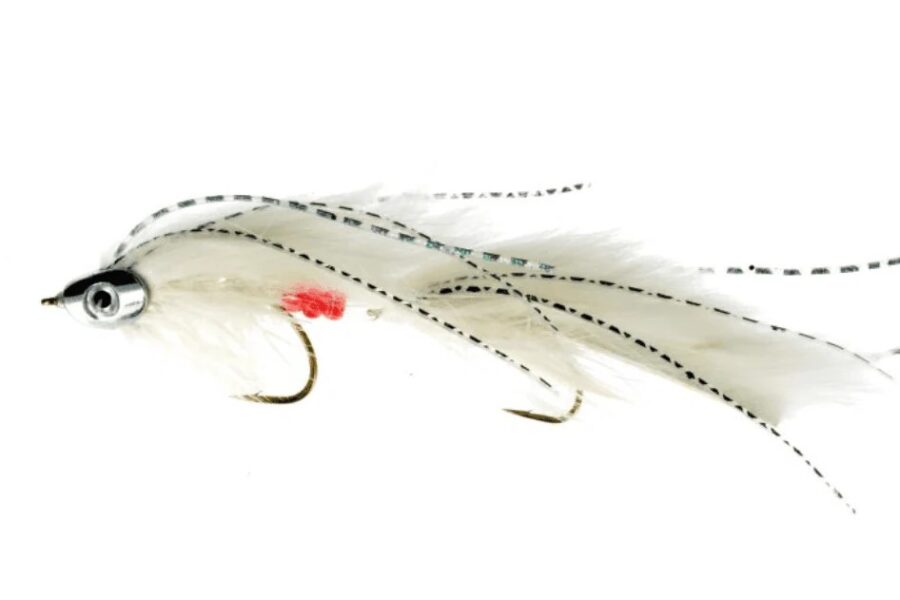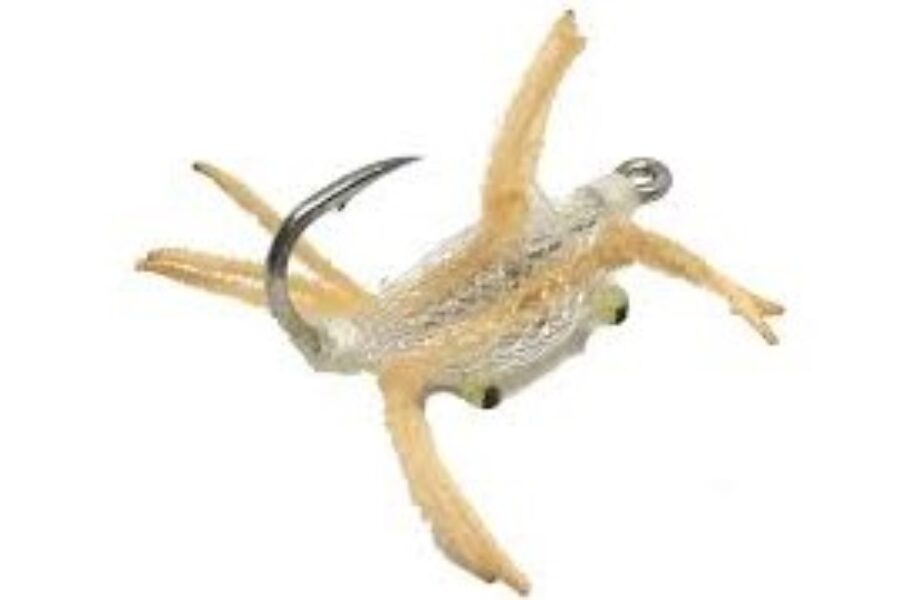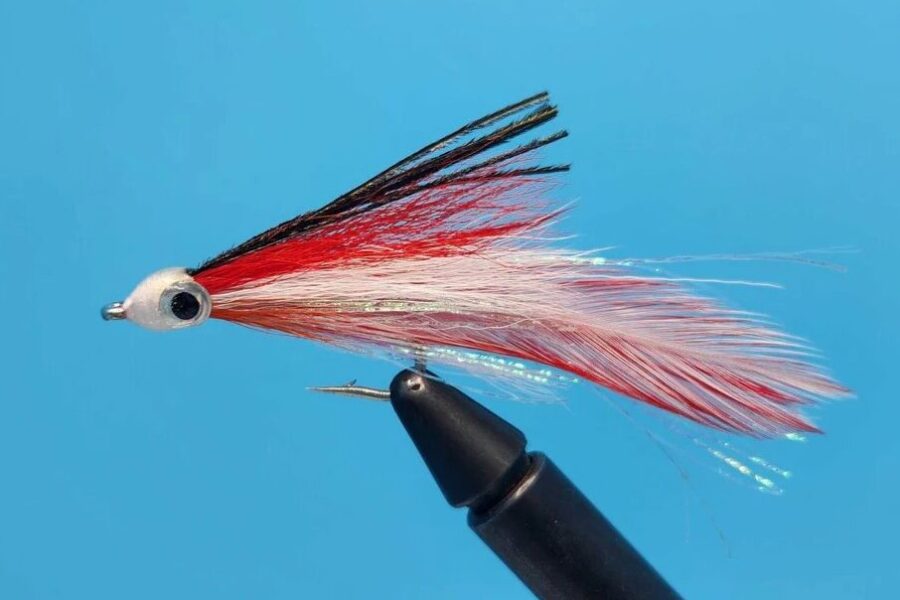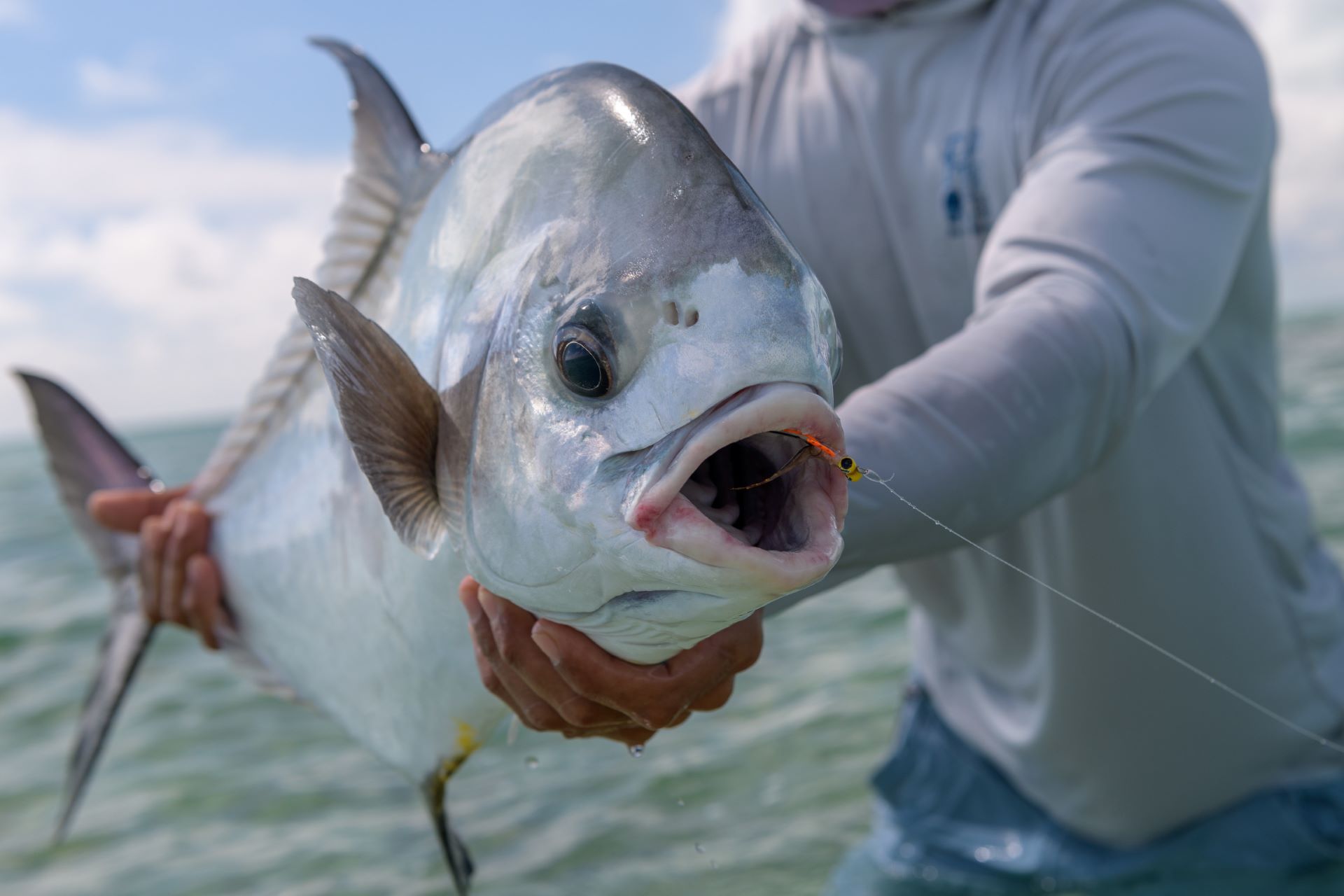Best Seasons To Target Various Fish
Best Seasons To Target Various Fish
Looking to maximize your fishing success throughout the year? This comprehensive guide covers everything you need to know about the best seasons to catch different fish species, along with expert tips and techniques for year-round fishing success.
Understanding Seasonal Fish Behavior When Checking For the Best Seasons To Target Various Fish
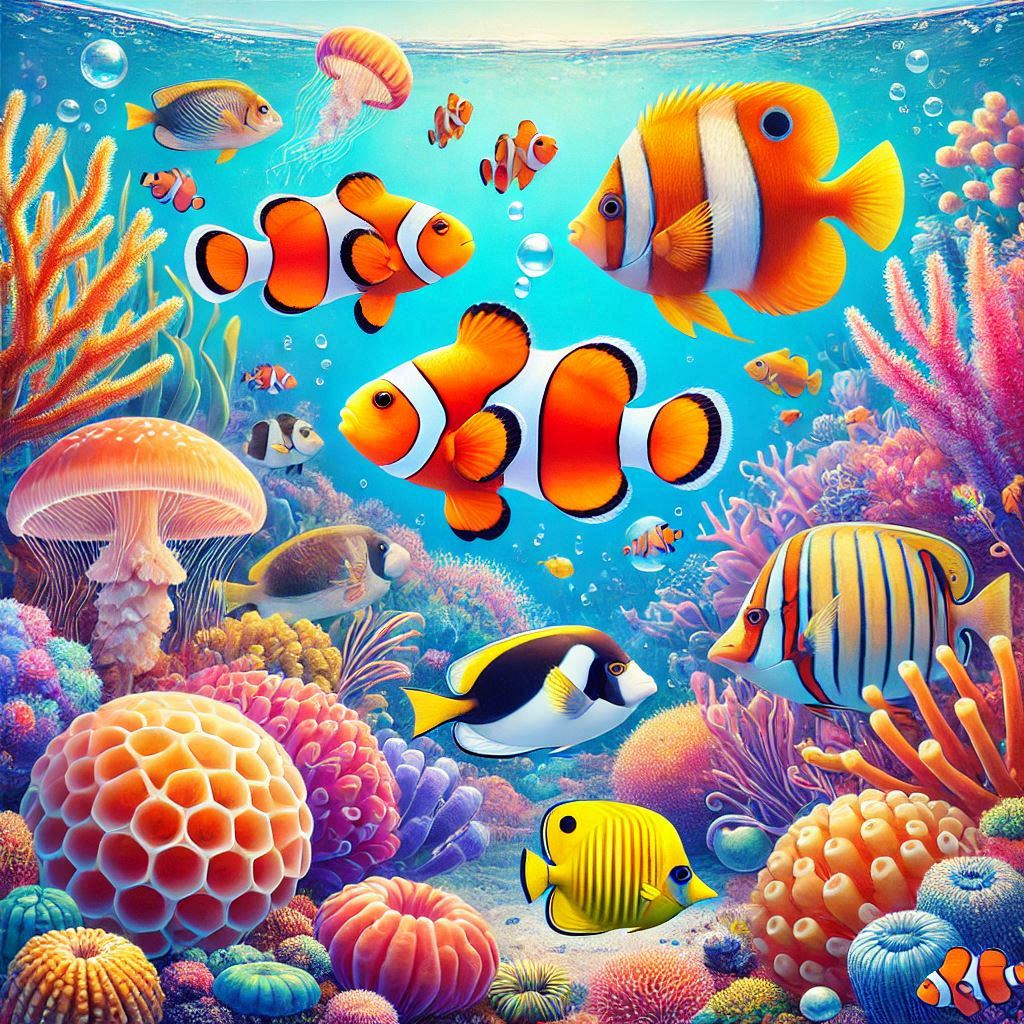
Fishing is an accessible hobby that requires only basic skills, making it perfect for beginners and experienced anglers alike. Success in fishing largely depends on understanding how fish behave during different seasons and adapting your techniques accordingly.
Spring Migration Patterns (March-May)
Spring marks the beginning of prime fishing season as water temperatures rise and fish become more active. During this period:
– Bass move to shallow waters for pre-spawn and spawning activities
– Water temperatures between 55-65°F trigger increased feeding
– Focus on casting in uphill directions to catch fish moving upstream
– Target areas with emerging vegetation where insects gather
According to professional angler Mike Thompson, “Spring provides the year’s best opportunity to catch trophy bass as they prepare for spawning. Look for protected shallow bays where water warms first.”
Summer Fishing Strategies (June-August)
Summer brings stable fishing conditions but requires adapting to warmer waters:
– Early morning and late evening become prime fishing times
– Fish move to deeper, cooler waters during peak heat
– Vegetation areas hold abundant prey and attract various species
– Use bright-colored bait in clear water conditions
– Consider fishing near structure where fish seek shade
Fall Transition Period (September-November)
Fall offers excellent fishing opportunities as fish prepare for winter:
– Fish become more active in cooling waters
– Focus on downstream casting as fish begin migrating
– Look for areas where baitfish congregate
– Use darker lures in murky water conditions
– Target deeper holes where fish gather
Winter Strategies (December-February)
While challenging, winter fishing can be highly rewarding:
– Fish move slower and prefer deeper waters
– Reduce retrieval speed of lures
– Focus on midday fishing when waters are warmest
– Look for areas with structure that retain heat
Fish Species-Specific Seasonal Guide when looking for best seasons to target various fish
Largemouth Bass
– Spring (March 15 – May 30): Pre-spawn to spawn period
– Summer: Early morning and late evening in vegetation
– Fall (September 15 – November 15): Aggressive feeding period
– Winter: Deeper waters near structure
Rainbow Trout
– Spring (April 1 – June 15): Post-winter feeding
– Summer: Early morning in well-oxygenated waters
– Fall (September 1 – November 30): Increased activity
– Winter: Midday in deeper pools
When Going for Rainbow Trout here is a Fly Fisher’s Guide
Understanding trout behavior and matching your fly selection to natural patterns is crucial for success. Here’s our comprehensive breakdown:
Spring Trout Flies (April 1 – June 15)
- Early Spring: Focus on nymphs like Pheasant Tails (14-16) and Gold-Ribbed Hare’s Ears (12-14)
- Mid-Spring: Begin incorporating Blue-Winged Olives (16-18) and March Browns (10-12)
- Late Spring: Add Caddis patterns (14-16) and Sulphur imitations (16-18)
Pro Tip: “During spring hatches, carry multiple sizes of the same pattern. Trout can be incredibly selective about size, even more than color,” advises renowned fly fishing guide Sarah Matthews.
Summer Patterns (June 15 – September 1)
- Early Morning: Terrestrial patterns like Grasshoppers (8-12) and Ants (16-20)
- Mid-Day: Deep-running nymphs like Copper Johns (16-18)
- Evening: Light Cahill (14-16) and Pale Evening Duns (16-18)
Fall Favorites (September 1 – November 30)
- Streamers: Woolly Buggers in olive and black (8-10)
- Midges: Griffith’s Gnats (18-22)
- Terrestrials: Continue with hoppers until first frost
Essential Fly Box Organization
Organize your fly box by season and insect type:
- Mayfly Section: Nymphs, emergers, duns, and spinners
- Caddis Corner: Larvae, pupae, and adults
- Stonefly Selection: Both nymphs and adults
- Terrestrial Collection: Seasonal surface patterns
- Streamer Section: For aggressive feeding periods
Reading the Water for Fly Fishing
Understanding where trout hold in different water conditions maximizes your success:
- Riffles: Use smaller nymphs and wet flies
- Pools: Perfect for dry fly presentations
- Seams: Target with emerger patterns
- Undercut Banks: Present streamers parallel to the bank
Advanced Fly Presentation Techniques
Master these presentations for challenging conditions:
- Drag-free drift for selective feeders
- High-stick nymphing in pocket water
- Downstream wet fly swing
- Stack mending for longer drifts
Special Care for Artificial Flies
Maintain your fly investment:
- Dry flies thoroughly after use
- Replace worn or damaged flies
- Store in ventilated containers
- Use floatant sparingly on dry flies
Seasonal Fly Fishing Equipment
Supplement your fly selection with:
- Spring: Longer leader for spooky trout
- Summer: Fine tippet for clear water
- Fall: Sturdy tippet for larger flies
- Year-round: Strike indicators for nymphing
Remember, successful fly fishing for trout combines understanding of insect life cycles, water conditions, and presentation techniques. Visit our online store for our complete selection of seasonally appropriate trout flies, or contact our expert staff for personalized recommendations based on your local waters.
Pike and Muskie
– Spring: Post-spawn aggressive feeding
– Summer: Deep weed edges
– Fall: Shallow bays with baitfish
– Winter: Deep structure areas
Essential Fishing Techniques You Need To Know When Learning About The Best Seasons To Target Various Fish.
1. Bait Selection
– Match bait color to water clarity
– Clear water: Use natural colors
– Murky water: Choose bright, visible colors
– Adjust bait size based on target species
2. Casting Techniques
– Practice silent casting to avoid spooking fish
– Use wrist power for precision
– Adapt casting direction to seasonal fish movement
– Consider wind direction and strength
Conservation and Best Practices
Responsible fishing ensures sustainable populations:
– Practice catch and release when appropriate
– Carefully unhook fish before returning them to water
– Respect local fishing regulations and limits
– Maintain clean fishing areas
License Requirements and Regulations
Before heading out, ensure you have:
– Valid fishing license
– Knowledge of seasonal restrictions
– Understanding of size and catch limits
– Appropriate permits for special species
Essential Equipment Checklist
Prepare for success with proper gear:
– Season-appropriate fishing rod and reel
– Various lure types and sizes
– Line appropriate for target species
– Basic tools (pliers, knife, first aid kit)
– Weather protection gear
Tips for Success When Researching The Best Seasons To Target Various Fish
1. Research your fishing location beforehand
2. Monitor weather conditions and patterns
3. Keep a fishing log to track successful patterns
4. Join local fishing groups for current information
5. Maintain and organize your equipment regularly
Remember, successful fishing combines knowledge, patience, and respect for nature. Whether you’re casting from a boat, shore, lake, or ocean, these guidelines will help you make the most of every fishing season.

